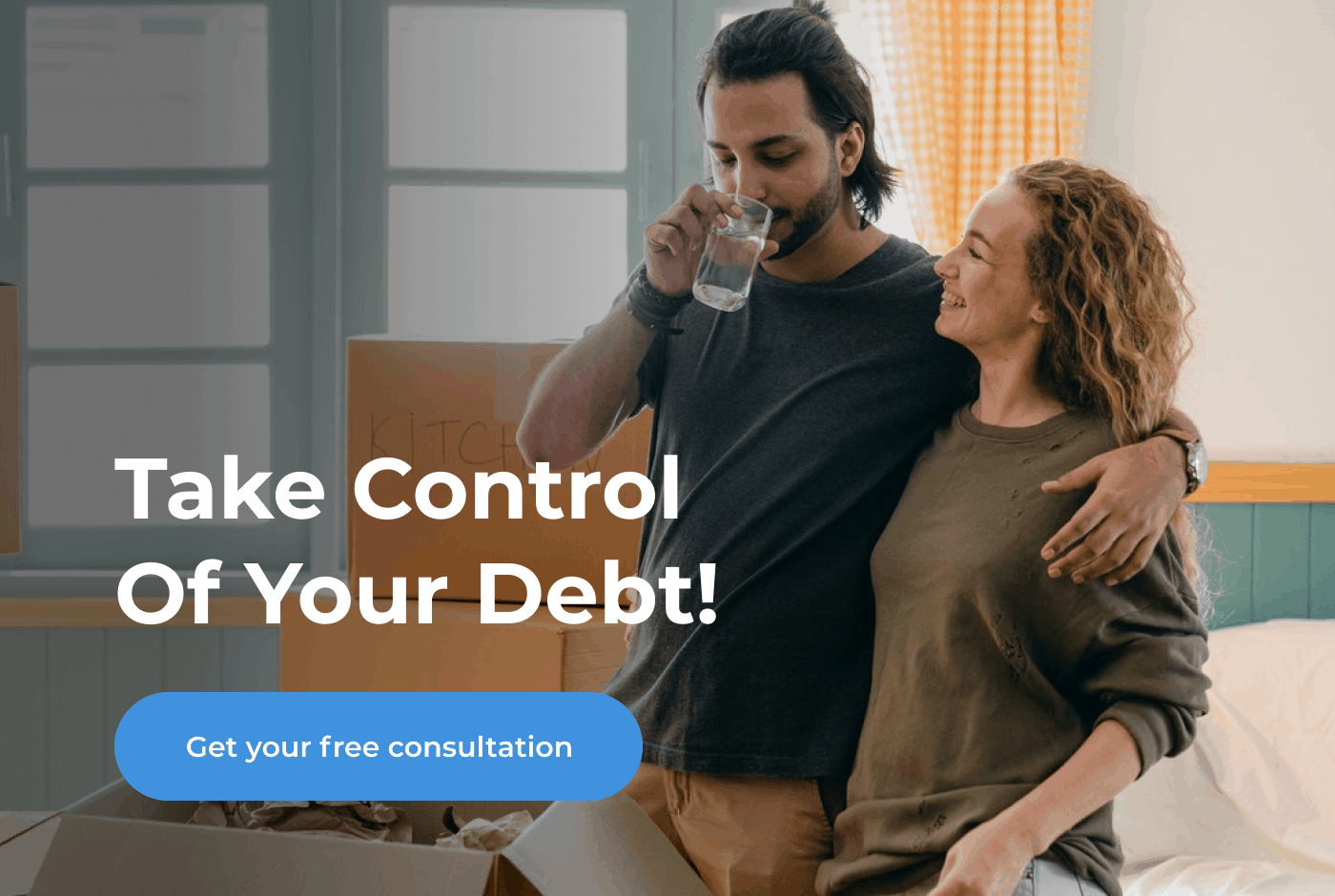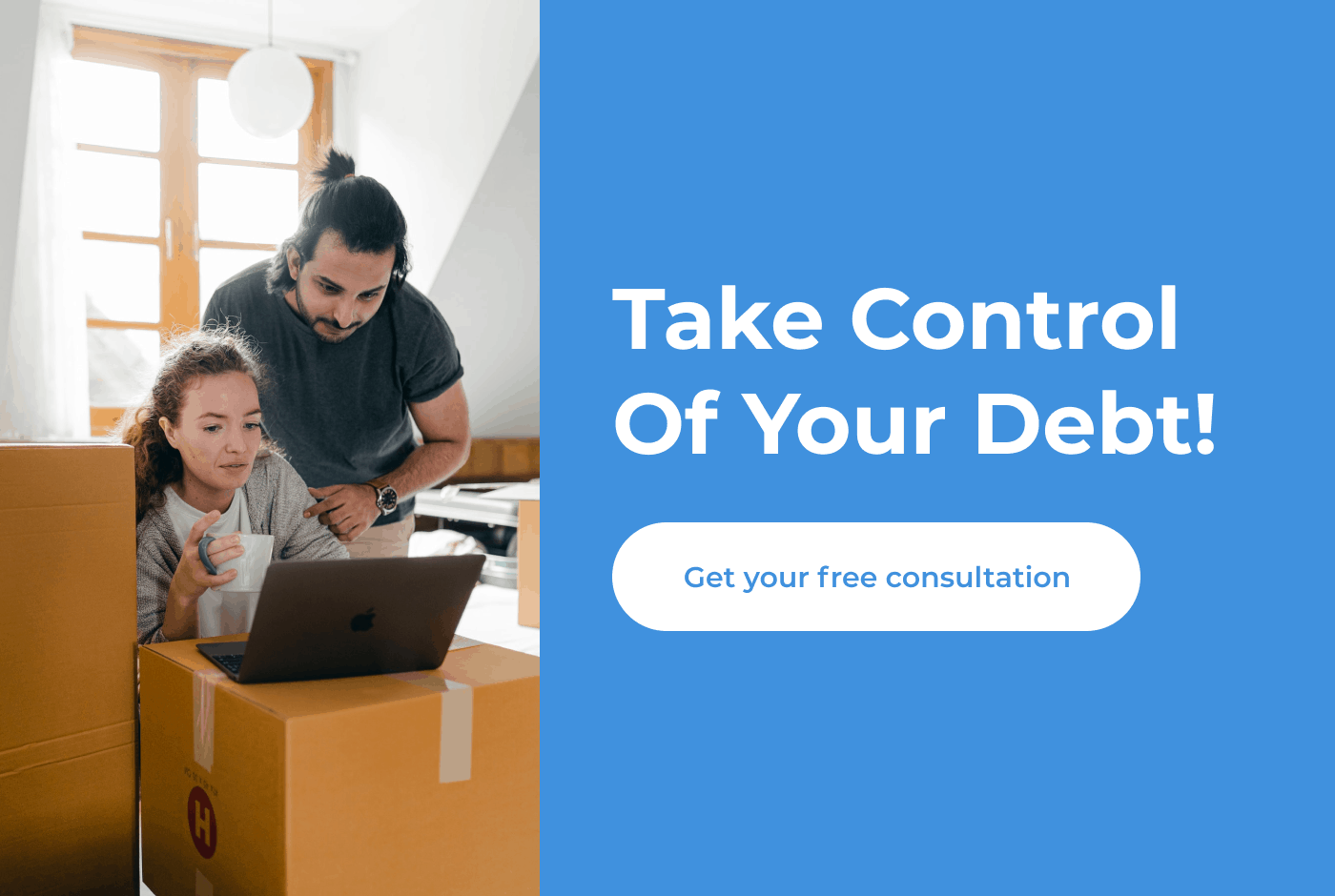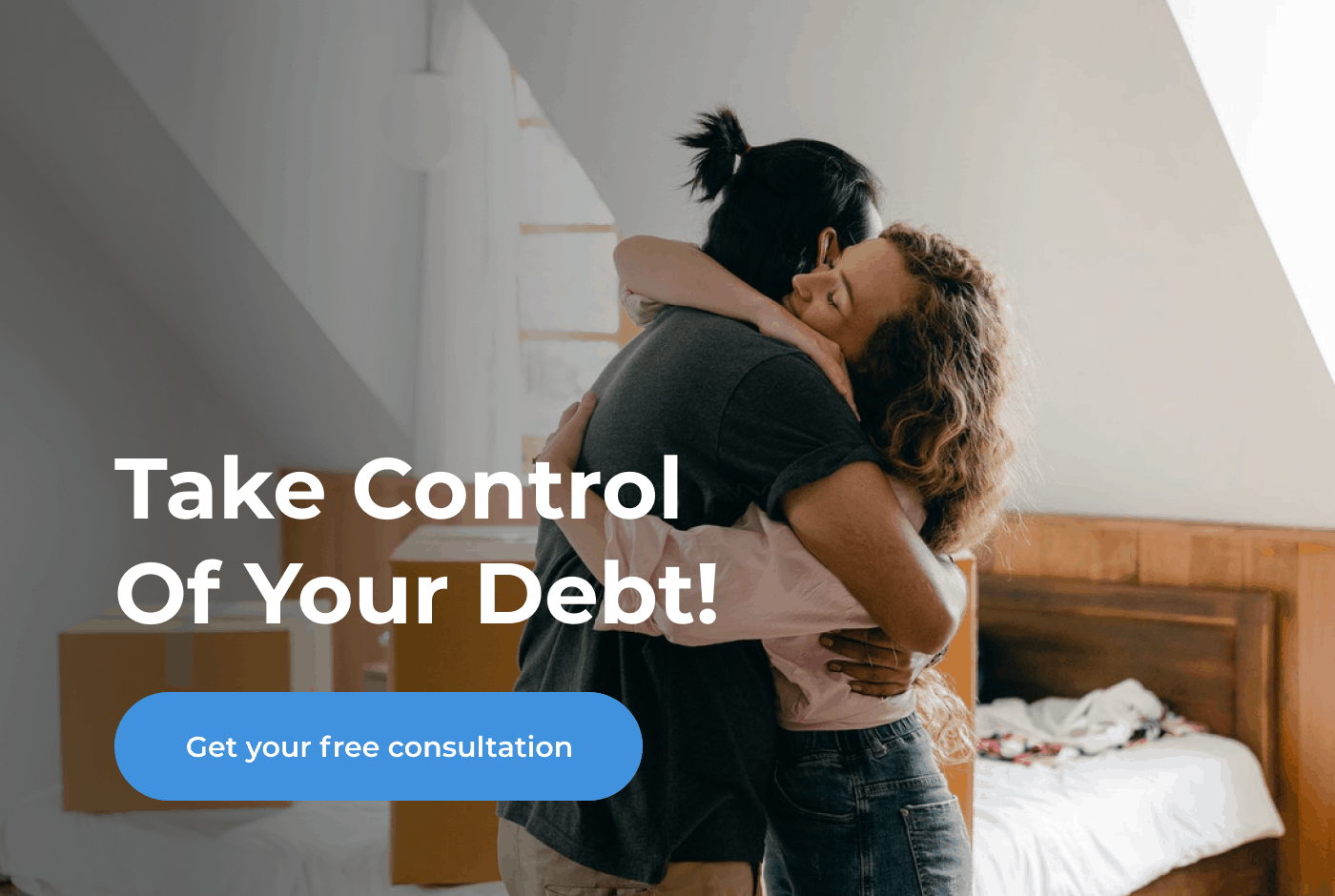What Are The Best Ways To Pay Off Debt?
Posted on December 4, 2020 in Debt
Being in debt can be a very scary situation, especially in a society where financial health and financial stability seem to be a gateway to all things from education to healthcare and everything in between.
Finding yourself or your family in a circumstance where you are unable to afford basic necessities is one of the worst places to be, especially in the middle of something like the global pandemic situation that has ravaged humanity for almost a year now.
However, it is possible to fight your way out of debt thanks to a wide variety of resources, a change in your lifestyle, and an overall aggressive focus on getting out of debt.
In this article, let’s explore some of the best ways to pay off debt and identify the best strategies for getting on top of something that seems so incredibly stressful.
The First Step in Paying Off Debt: Stop Spending
Any time you find yourself in a financial situation that you are completely unequipped to handle and you’re underwater with debt, the first step of stopping spending may seem obvious, but it can be difficult to put into practice.
The concept of debt is simple: if you have debt, you owe money.
Whether the source of that debt is a result of taking out a loan, using a credit card, or failing to pay a bill, ultimately, you just owe money. The scariest thing about debt is that it can become a barrier to entry from other things that you want to pursue in your life.
However, the first step is simple: stop spending money you do not have.
If you find yourself with a significant amount of debt at any given time, you will never be able to climb out of that hole of debt if you continue to live the same lifestyle, make the same decisions, and focus on the same things financially.
Instead, you have to come up with a very strict budget that completely re-focuses your finances off of the way you have been spending and onto something much more realistic that budgets for repayment.
However, this can be incredibly difficult to do, but if you’re going to pay off debt, you’re going to have to come to terms with the fact that you have only two options: change your lifestyle to pay debt off, or suddenly come into a large sum of money. And since the latter isn’t something to be relied on, you’re going to have to choose the former and stick with it.
The Second Step in Paying Off Debt: Start Budgeting
Creating a budget is the second step in coming up with a plan to pay off your debt. Once you stop increasing your debt by changing your lifestyle to lower your spending, you should create a plan for how you’re going to spend your money each month.
First, find out what your essential expenses are, such as bills, utilities, rent, insurance, car payments, and other related payments, and create a total of those things.
Then, create a total of your expected pay stubs or income for any given month.
Next, take a look at what you usually spend on groceries or dining and then any extras such as clothing, entertainment, or any other related expenses.
Once you add up all your expenses, you need to compare your expenses to your income and determine where you can begin making cuts.
Some expenses cannot be avoided, such as cost of living or rent, and others are necessary because of where you are in life, such as credit card payments or student loan payments.
However, in almost every other area, you should look for ways to begin making cuts. The more cuts you can make, the better off you will be in the long run because the sooner you can accumulate enough extra cash on hand to pay off your debts, the sooner you will overcome the debt itself.
Even if you feel like you can’t make a whole lot of cuts right off the top and don’t see immediate results, the reason for making a budget is not just to find extra money you’re spending and cut it out of our spending, it’s a way to keep yourself accountable.
Essentially, if you have a list of “allowed” or “estimated” expenditures, you’re much more likely to skip the extra few dollars here and there that you would spend on things that aren’t necessities, like iced coffee or a magazine you probably won’t even read.
Just look for things you can change so that the amount you have left over at the end of the month is higher. Your goal with creating a budget is twofold: stop adding to your debt by only living within your means, and start paying off your debt by creating a surplus at the end of every month.
The Third Step in Paying Off Debt: Actually Make Debt Payments
The number one cause of consumer debt in America is credit card debt, and the number two cause of consumer debt in America is the debt accumulated when the original debt is not paid off.
Let’s consider a hypothetical situation. In January of next year, you spend $1,000 on your credit card for a purchase that you are unable to pay off immediately. A typical credit card’s interest rate is anywhere between 15 to 25%, and a large majority of those issued today by larger banks have an interest rate of 23.99%.
So let’s say that you take on that initial debt of $1,000 and pay only the minimum payment of 3% per month, or $30. Just within the first twelve months, you will have paid $360, but because of the accumulated interest at that point, your remaining balance will still be $865, which is only $135 less than the original balance. Over $200 gets rolled right into interest, and by time you pay off the card, you will have paid $1664 on an original balance of $1000, flushing over $600 down the toilet.
Now, let’s look at a hypothetical situation where instead of only paying 3% of the loan, you pay off 30% of the loan each month. In this situation, where you’re actually making your debt payments, you will spend only $1046 over the course of 4 months, and you’ll be back on track in no time.
What If You Have Multiple Sources of Debt?
The last tip for paying off debt is to consider in what order you should pay off your debt.
Let’s say, for example, that you have several sources of debt. You’ve got a couple of credit cards, a car loan, a mortgage, and student loan debt, all accumulating interest. The rule of thumb in this situation would be to quickly identify which of those debt sources has the highest interest rate.
Here’s a hint: it’s the credit cards.
Begin keeping track of your balance on the credit cards, and identify which of the two or three that you carry a balance on has the highest interest rate, and prioritize paying down that debt. Then, once that’s paid off, look through your car loan, student loans, and mortgage to determine which one comes next. The same advice applies: determine which of those three has the highest annual interest rate, and then begin aggressively focusing all of your extra cash into paying off that debt.
The faster you are able to pay it off or find debt forgiveness, the more money you will save yourself in the long run.
The takeaway? Spend less, budget your money, and focus on paying off as much as you can as fast as you can.
Hopefully, once you reach the end of this article, you feel more confident about your strategy for paying down debt.
Remember that if you find yourself in debt, you are more likely than not going to have to consolidate your finances, come up with a strategy for paying off your debt, come up with a budget, and then stick to it.
At the end of the day, you may find yourself in a situation where you need to consult a financial professional to determine your best possible steps. Good luck!
Related blog posts
Need expert financial advice?
Let TurboFinance connect you with the best consulting services and resources to help you take control of your finances and find a path to build wealth.
Get A Free Consultation Today!

